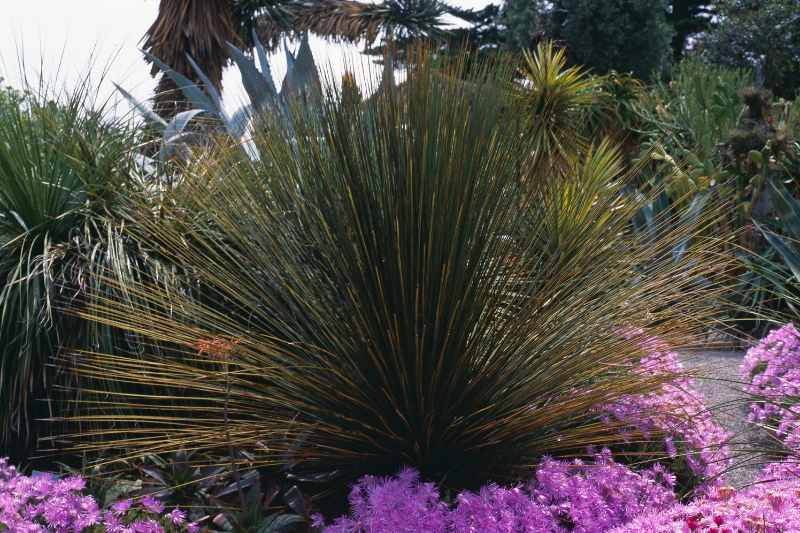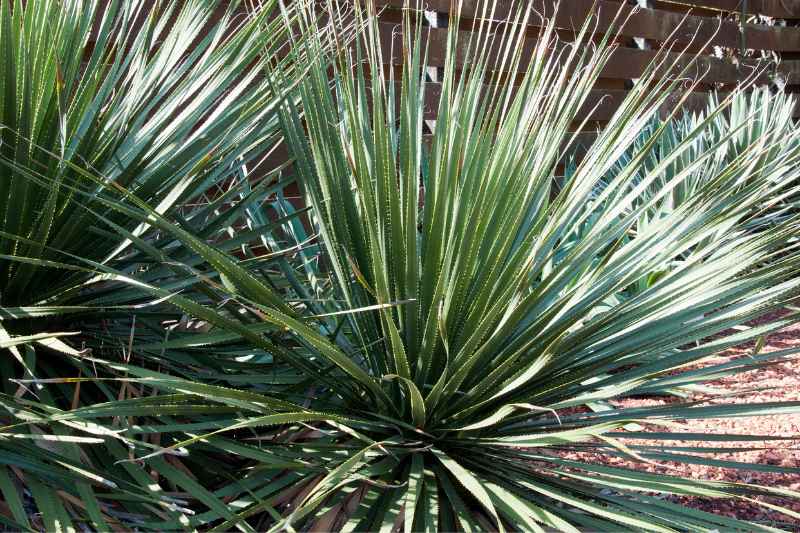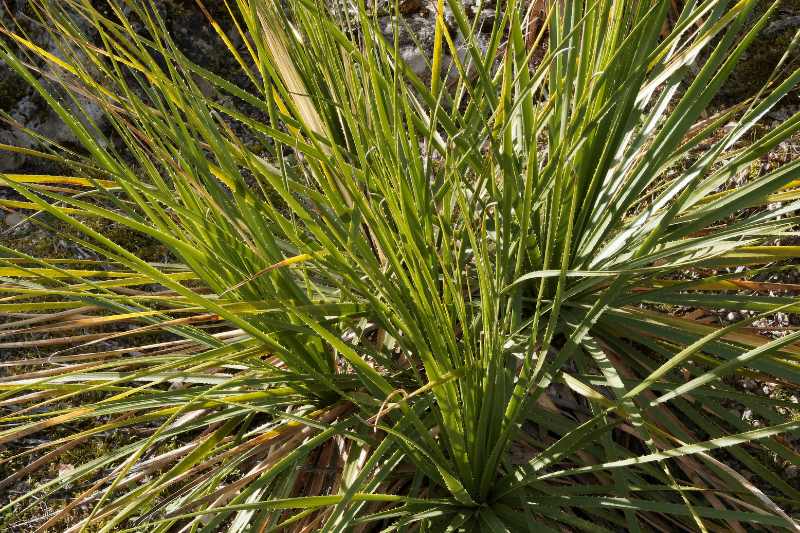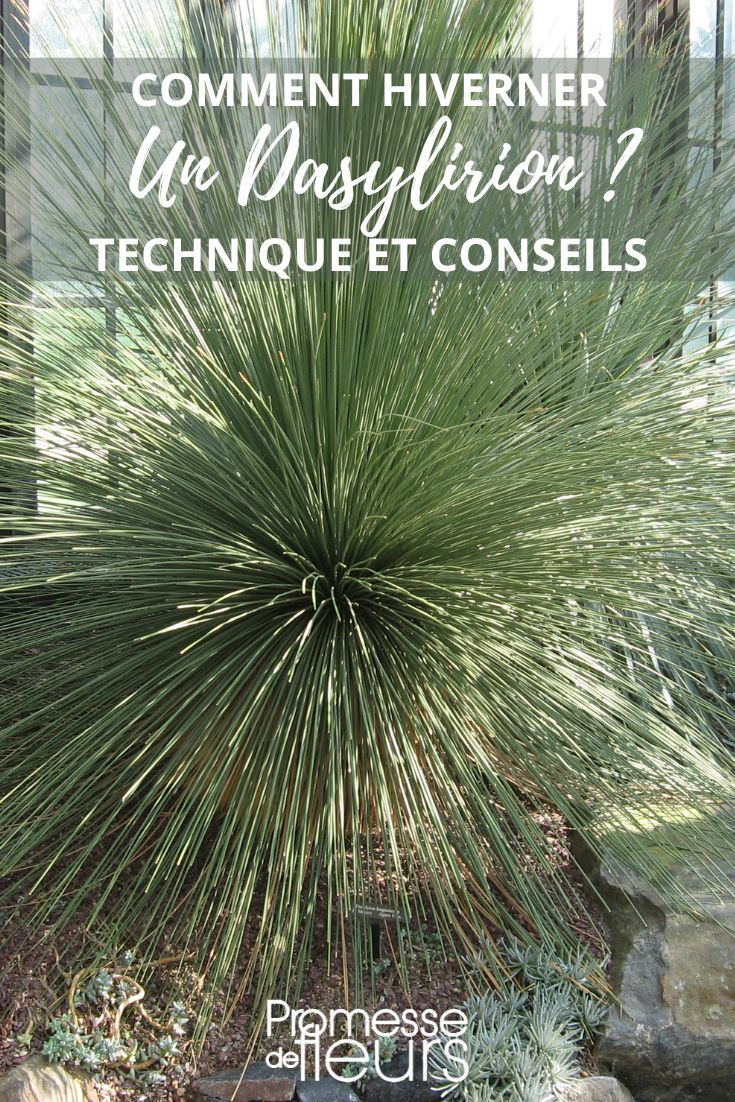Native to the high plateaus of Mexico and South America, Dasylirion is a semi-desert climate plant resembling a large sea urchin! It is notable for its long linear leaves and its highly graphic silhouette, which has become trendy in contemporary landscaping. The Dasylirion can be planted throughout France, but it is grown differently from one region to another. It is a semi-hardy plant that is easy to grow in regions with mild winters: it is perfectly suited to the Mediterranean climate, and its cold resistance is excellent in dry soil. In our colder regions, it should be grown in pots to protect it from cold and humidity in winter. Despite its robust appearance, wintering this plant requires special attention, especially if it is grown in overly rainy areas or where temperatures can drop significantly. Discover all our tips to protect it from the cold, whether you grow it in a pot or plant it in the ground.

Dasylirion, a relative hardiness
Originating from rocky hills and mountainous areas of Mexico and South America, Dasylirion can withstand temperatures around -8°/-10°C in well-drained soil in our gardens and also tolerates summer drought. It is therefore perfectly suited for cultivation in hot, dry Mediterranean climates. Although hardy, it often suffers from excess moisture at the roots in colder regions. Its cold resistance increases when planted in dry soil in winter: at least -12/-15°C. Conversely, heavy and/or wet soil in winter will compromise its hardiness as soon as temperatures reach -8/-10°C. Planting in the ground can only be considered in regions with a mild climate (USDA hardiness zones: Zone 7b, Zone 8a, Zone 9a, Zone 10a).
If you live outside these hardiness zones, pot cultivation will be your best option. The Dasylirion will thus be easier to move and protect from the cold.

When to winter a Dasylirion?
Wintering the Dasylirion generally begins in autumn, depending on your region, often in early November, sometimes even earlier in October. You will need to protect your Dasylirion if temperatures drop below -10 °C. It is important to monitor weather forecasts to start wintering in time to protect the plant from unexpected frosts, as a potted plant is more exposed to frost than one planted in the ground.
How to winter a Dasylirion in a pot?
Growing a Dasylirion in a pot offers greater flexibility, especially in cold areas. Pot cultivation allows you to winter your plant and bring it out after the frosts. Place your pot in a frost-free area, such as a bright conservatory or a temperate greenhouse at 10/15°C. Limit watering in winter to avoid rot. You can bring your pot out in spring, as soon as there is no longer a risk of frost. Proceed gradually, taking your plant outside onto the terrace step by step, to avoid damaging its foliage with sudden temperature changes.
In mild regions, if the mercury does not rise too much in winter, you can leave your Dasylirion pot outside. Wrap the pot with insulation, such as cardboard or bubble wrap. Wrap the leaf rosette with a winter cover (use gloves, as the leaves are edged with many spines) to provide additional protection. When temperatures become milder, do not hesitate to regularly ventilate the aerial parts by temporarily removing the winter cover, as this helps prevent the appearance of diseases and mould that thrive in confined environments. A mineral mulch spread at its base will protect it from frost while remaining aesthetically pleasing.

How to protect your Dasylirion grown outdoors?
If your Dasylirion is planted in the ground, it means you live in a region with a fairly mild climate. However, its evergreen foliage can be affected by cold, winter rains, and sharp frosts, therefore:
- ensure that the soil is well-drained to prevent root freezing
- a mineral mulch can be used to protect the roots from freezing
- wrap its head in a winter cover to protect it from frost, wind, and snow
- as with pot cultivation, reduce watering to avoid rot during the cold months
- as soon as temperatures become milder (from March to May depending on the region in France) and the risk of frost is eliminated, remove the winter cover.
































Comments